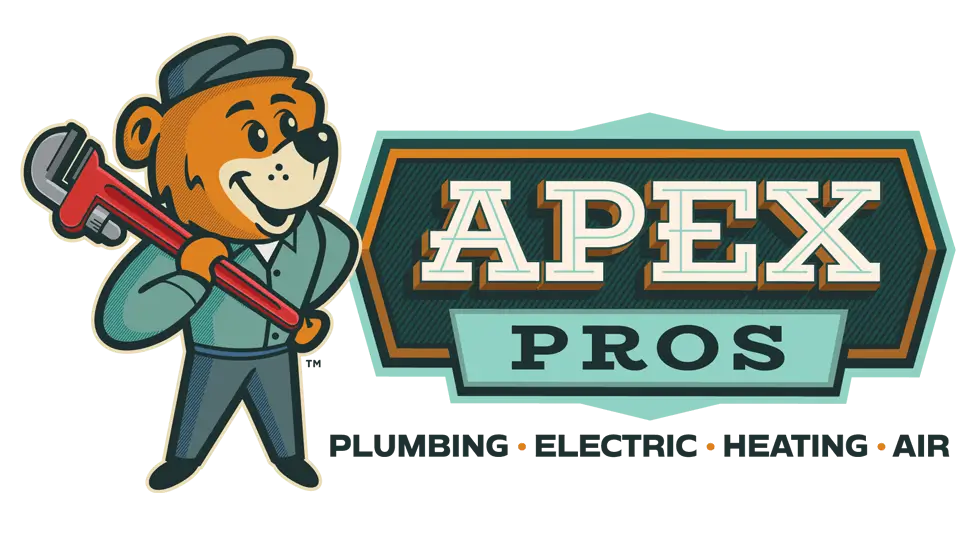
General recommendations for septic tank pumping suggest scheduling service about once every three to five years. However, the septic system on your Columbus, Ohio property may need servicing more often. To avoid back-ups, foul odors, and countless other problems, it’s important to be on the lookout for signs of overfill and drain field issues. The following are several ways to know when your septic tank should be pumped right away, along with several factors that may impact your septic tank maintenance schedule.
Slow-Moving Drains
The wastewater and solid waste that’s discharged from your plumbing fixtures are released into your septic tank. Fats, oils, and grease rise to the top of the tank, and solids settle at the bottom. A special assortment of bacteria and enzymes break solid, organic materials down so that the resulting matter can flow into your septic system’s drain field along with wastewater. This outflow is known as effluent.
The solids in your septic tank that aren’t broken down by bacterial and enzymatic activity, and the floating layer of oils, fat, and grease remain. For most homes, it takes a significant amount of time for solids and floating scum to affect how septic systems drain. However, if you have a large household, if your household produces a lot of waste, or if bacterial processes inside of the tank aren’t working as they should, you may need to schedule septic tank pumping service within just one to two years.
Too many accumulated solids in a septic tank will eventually cause it to overflow. If these solids force their way into the drain field, they may cause drain field failure. Among the first signs of drain field problems resulting from insufficient tank maintenance are slow-moving drains. If you find yourself standing ankle-deep in gray water while showering or if you have to wait a long time for your bathtubs or sinks to drain, it’s probably time to schedule service. Although a single, slow-moving drain could indicate a dirty drain catch or dirty drain cover, having multiple slow-moving drains throughout the home is a sure sign of septic problems.
Pooling Water in the Backyard
Wastewater should never find its way to the surface of your yard. If it does, this means that your septic tank isn’t working effectively. It may have a leak or other structural damage, but the most likely cause of pooling water is overfill. When solid waste accumulates in drain field pipes, wastewater, and other effluent have nowhere to go. This could send sewage backing up into your home. However, it can also leave you with a soggy, muddy mess in your yard.
When septic tank water pools in outdoor areas, it usually brings a pungent, unpleasant odor with it. Moreover, weeds, grass, and other natural growths in the affected area will often flourish. Effluent is nutrient-rich and often leads to sudden blooms of foliage in areas that were once well-manicured or entirely bare.
Whole-House Back-Ups
System-wide backups are a devastating consequence of not having your septic tank pumped often enough. Slow-moving drains are an early indication that you’re in danger of having effluent and even solid waste come backing up into your home. The effluent that comes rushing up drains during a whole-house back-up is usually black and incredibly foul-smelling.
Tank Size Matters
The size of your septic tank is an important determining factor when setting your regular pumping schedule. Although general recommendations suggest scheduling pumping service every three to five years, this schedule is not applicable to all tank sizes.
Larger septic tanks or septic tanks with a 2,000-gallon capacity are really the only septic tanks that perform well on a five-year pumping schedule. If you have a 1,500-gallon septic tank, you should have it pumped every three to four years. Smaller tanks or tanks with a 1,000-gallon capacity should be pumped no less than once every two to three years.
Household Numbers Matter Too
Tank sizes are typically selected according to property sizes. For instance, you’ll rarely find a 1,000-gallon tank on any property that’s meant to house more than four people. These smaller tanks work best when serving small households that range between just one and four residents. Homes that have three or more bedrooms will usually have 1,500-gallon or 2,000-gallon tanks.
With more people in the home, you’ll have more people flushing the toilet, taking showers, cooking, bathing, and using the washing machine. All of these things can overwhelm a septic tank if pumping service isn’t performed often enough, and if household numbers exceed the recommendations for tank size. This is important to keep in mind if you regularly have house guest or have recently experienced changes in your household dynamics. Having an adult child move back home, hosting an age-in-place parent, taking on a tenant, or having a new baby are all changes that may require you to alter your pumping schedule.
What Goes Into Your Tank?
What your septic tank is exposed to can also impact your pumping schedule. When bacterial activity inside of the tank is optimal, more solid, organic waste will be broken down. When this activity slows, the layer of scum on top of your tank and the layer of solid waste at its base grows. If you use a number of chemical cleaning agents in your home, these things may be entering the tank and causing problems by affecting the health and performance of specific bacteria.
There are also a number of self-care products that are marketed as flushable but really aren’t. If you have a septic tank, you and everyone else in your home should avoid using flushable wipes. These products are slow to break down, and most never break down entirely at all. As such, they tend to remain at tank bottoms indefinitely until septic tank pumping is performed. This is also true of many feminine products. If you’re sending things down your commodes that aren’t toilet paper, talk with your plumber about the safety of flushing these items and the impact that using them might have on your pumping schedule.
Your garbage disposal is another prime source of solid waste. You should avoid putting coffee grounds, egg shells, fruit peels, produce stickers, nut butters, and potato peelings in your disposal unit. Not only can these things harm your garbage disposal, but they can also overwhelm your septic system by adding more solid waste to the tank bottom. When your home has a septic tank, most of your solid kitchen waste should be placed in the trash or compost bin. The garbage disposal should only be used to capture any residual waste that cannot easily separated from dishes or utensils.
We offer HVAC, plumbing, drain cleaning, and sewer repair service. If you need help determining the right septic tank pumping schedule for your Columbus, Ohio home, or if you need septic service, give Apex Plumbing, Heating and Air a call.





